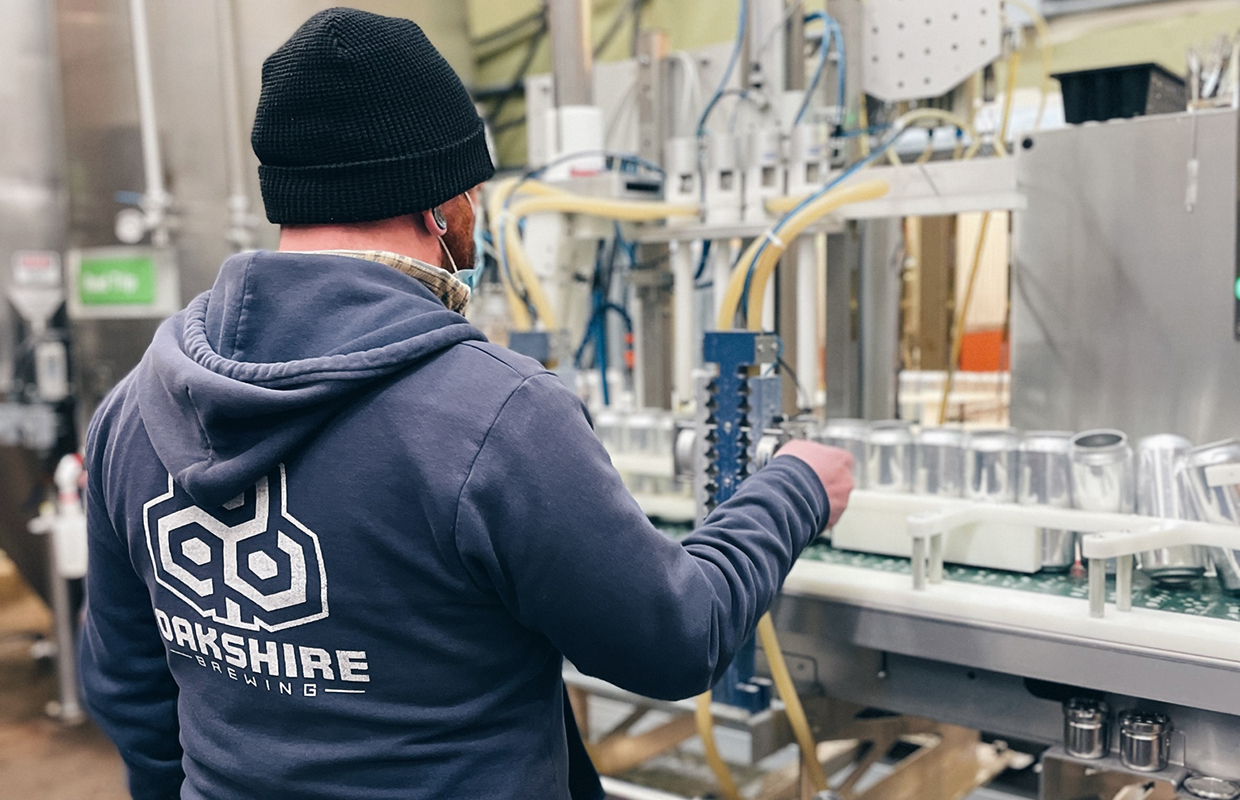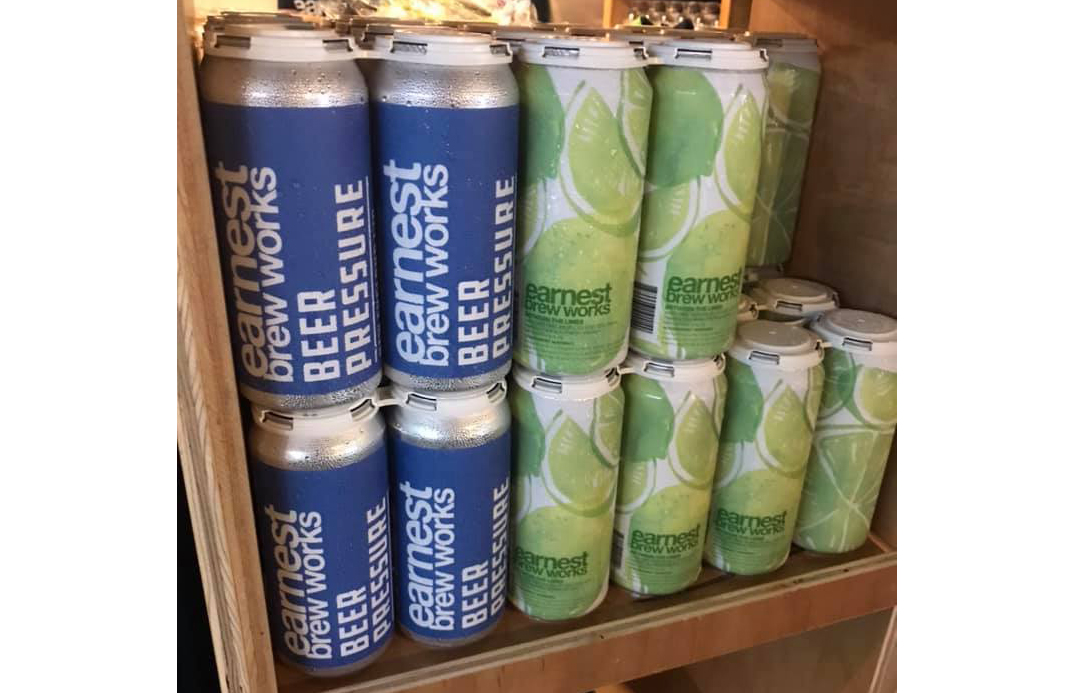
Spending money on yeast handling is never a poor investment says Jason Ranck.
The Lead Brewer for Neshaminy Creek shared some insights into what the eastern Pennsylvania facility does along with Dan Russo of Oakshire and Ryan Sandlin of Dark Sky Brewing.
Some keys to being able to properly re-use your yeast from batch to batch and into double-digit generations include checking cell counts and viability while making sure to harvest yeast from a tank within three days of terminal gravity.
“We always base our decision on fermentation performance and sensory and just use those numbers as a precautionary guideline,” Ranck said, noting that Neshaminy Creek will use its Lager yeast for 10-12 generations while being able to use its house ale yeast for 15-plus times.
“Being able to pull the entire quantity of yeast you think you will need into a brink and then fully mixing that slurry up before doing the cell count will improve your accuracy dramatically,” he said. “Just be sure you get a brink that is big enough for your needs or it will sit in your warehouse and collect dust.”
READ MORE: Yeast Propagation and Harvesting SOPs to Check Out
Sandlin said at the Flagstaff, Arizona facility, they watch gravities to make sure the yeast is strong and healthy, harvest it into brinks, and feed them into the fermenter in front of the brew.
Most breweries agree that pitching to prop up liquid yeast is the way to go, but having bricks of dry yeast on hand never hurts.
“We prefer to use liquid yeast in our process, especially for our core yeasts that we keep moving all the time,” Russo said. “We have seen better results over longer generations with liquid yeast overall.
“That being said, we occasionally use dry yeast for one-off and specialty products, where bringing in a large pitch of liquid yeast for a single batch of beer is not financially viable (or not available during a certain time of the year and dry-yeast can get the job done).”
Ranck said he prefers a pitch of liquid yeast that has just been propped since it will begin fermentation sooner and reduce the lag time where potential beer spoilers could gain a foothold.
“That being said, we use several dry yeast strains regularly and rarely have a problem,” he noted. “It’s also nice to just always have dry bricks on hand as an insurance policy when you have yeast problems.”






Be the first to comment